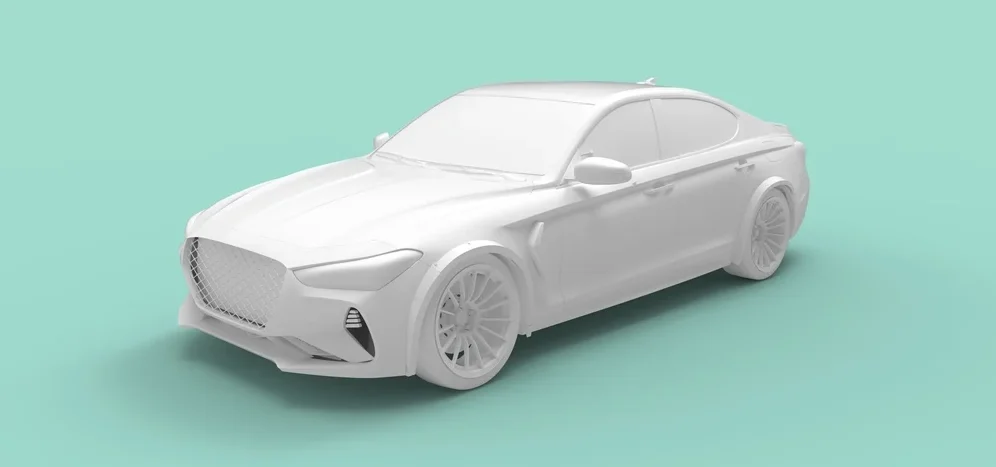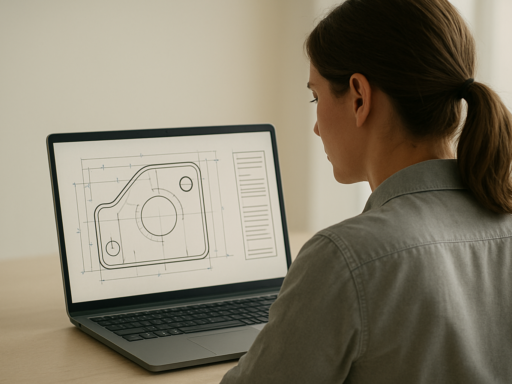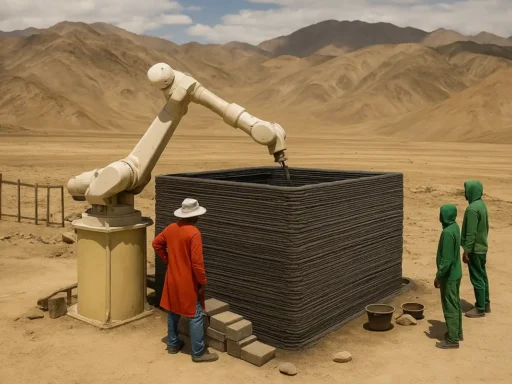A research team at Tohoku University has invented a revolutionary multi-material 3D printing technique, allowing to create lighter, yet stronger and more durable car parts. Using Laser Powder Bed Fusion (L-PBF), a precise metal 3D printing method, the researchers successfully created a steel-aluminum alloy suspension tower boasting robust bonding and tailored geometry.
The method strategically combines steel and aluminum, reducing the weight of steel without compromising its strength. However, creating such metal alloys often results in brittle components. The team tackled the challenge by discovering that accelerated scan speed during the printing process prevents the formation of weak compounds at the interface between the two metals. By increasing L-PBF scan speeds, researchers promoted non-equilibrium solidification and minimized weak points.
“Multi-materials are a hot topic in the field of additive manufacturing due to its process flexibility,” said associate professor Kenta Yamanaka from Tohoku University. “However, a major challenge in practical implementation is that for certain metal combinations, such as steel and aluminum, brittle intermetallic compounds can be formed at the dissimilar metal interfaces.”
The innovation, detailed earlier this year in Additive Manufacturing, showcases the first successful full-scale prototype of a multi-material automotive component. The team hopes to apply this approach with other challenging metal combinations and cater to industries reliant on durable, lightweight materials.






